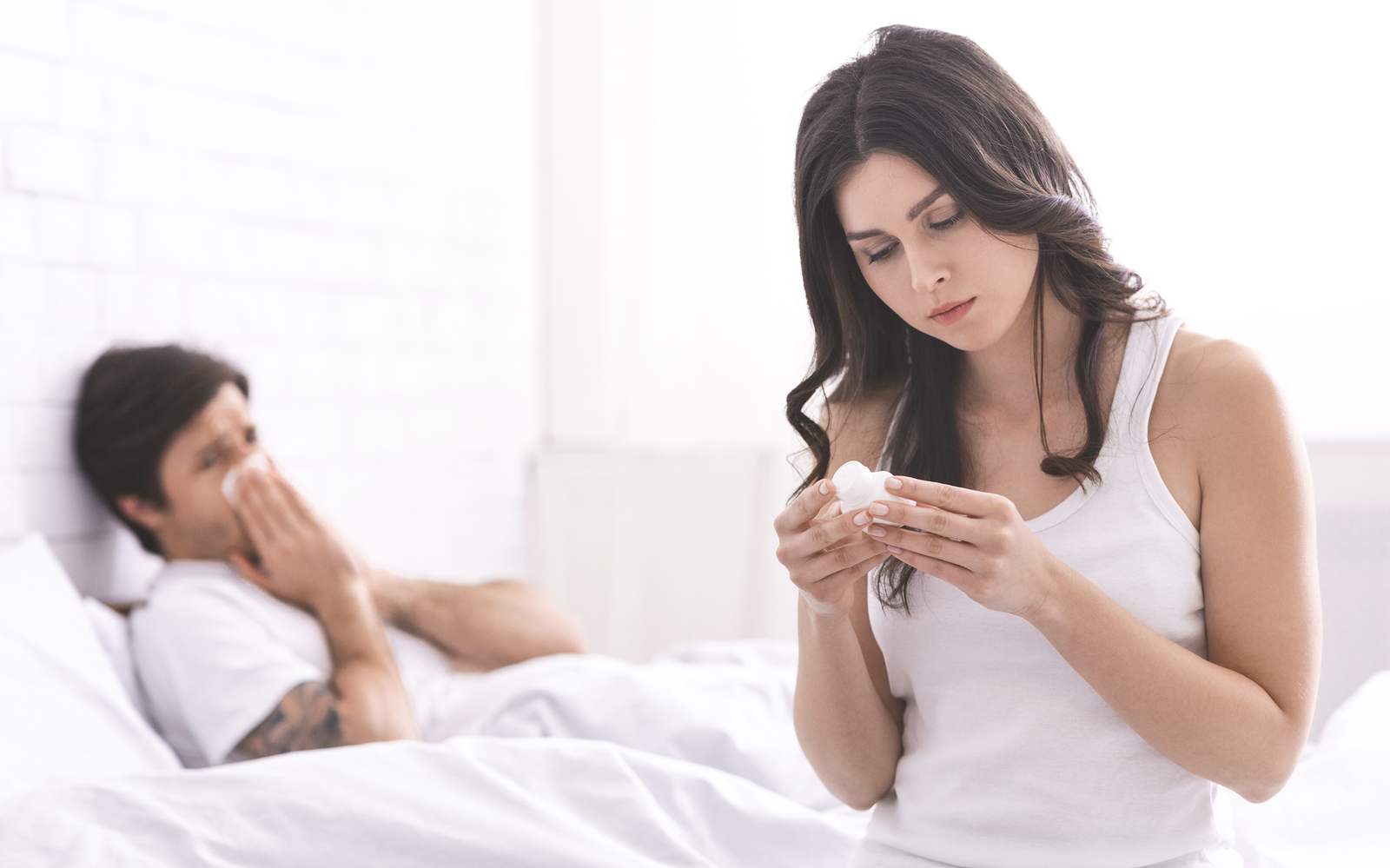We’ve been admonished to do our part to “flatten the curve” by socially distancing ourselves from others, by washing our hands frequently and other forms of collective action.
If you happen to share a home with a coronavirus patient, it’s even more important to remain vigilant against the coronavirus.
While a daily cleaning and disinfecting of the home is important, there are additional tasks to perform when caring for someone suffering from the effects of the virus.
What to use to disinfect
After cleaning high-touch surfaces in the patient’s room (soap and water is fine for this), use an Environmental Protection Agency (EPA)-registered disinfectant, according to the instructions on the label. Wear gloves and ventilate the area while working.
The EPA offers a very long list of disinfectants to choose from on its website at EPA.gov. Many appear to be available only to professionals but the experts at the Centers for Disease Control offers several recipes for DIY disinfectants to use on surfaces that may be contaminated by COVID-19 (coronavirus):
- 4 teaspoons of household bleach in 1 quart of water (allow it to remain on the surface for 10 minutes before wiping the surface dry).
- 70 percent dilution of isopropyl alcohol (must remain on the surface for 30 seconds).
- Undiluted hydrogen peroxide (allow it to remain on surfaces for one minute).
Use care when working with bleach. Since it interacts with other substances and may emit caustic fumes, avoid mixing bleach with anything other than water. Ventilate the area in which you are working.
The CDC cautions Americans to avoid using recipes you find online. Vinegar, for instance, will not kill this virus, nor will tea tree oil.
How to disinfect a coronavirus patient’s room
Porous surfaces, such as drapes and rugs should be cleaned with a product manufactured specifically for the material and then laundered using the warmest temperature possible.
Wash bed linens, towels and clothing separate from other family laundry, and in the warmest water possible. Wear gloves when handling possibly-infected laundry and never shake the items before washing.
The CDC recommends using disposable “food-service items,” such as paper plates and plastic utensils. These can be placed into the trash and disposed of properly.
“Non-disposable food service items used should be handled with gloves and washed with hot water or in a dishwasher,” the experts caution. “Clean hands after handling used food service items.”
If your patient doesn’t have his or her own bathroom, clean and disinfect the bathroom after each time the patient uses it.
How to keep everyone in the home healthy
Frequent hand-washing is the name of the keep-healthy game when living with a coronavirus patient. Everyone in the home should wash their hands:
- After removing gloves
- After sneezing, blowing one’s nose or coughing
- After using the restroom
- Prior to preparing and eating food
- Before and after your caretaking duties
- After you’ve been outdoors, immediately upon entering the home
Caretaking considerations
- The patient should be confined to one room of the home.
- The patient should eat/be fed in their room.
- All items handled by the patient should be disinfected daily or, if disposable, placed in a trash can lined with a plastic or paper bag. The caretaker should wear gloves when removing and disposing of these bags.
- Remind other household members to use care when interacting with the patient.
Find additional tips from the following resources:
Hand Washing: A Family Activity
Coronavirus disease (COVID-19) advice for the public: Myth busters
Preventing the Spread of Coronavirus Disease 2019 in Homes and Residential Communities






